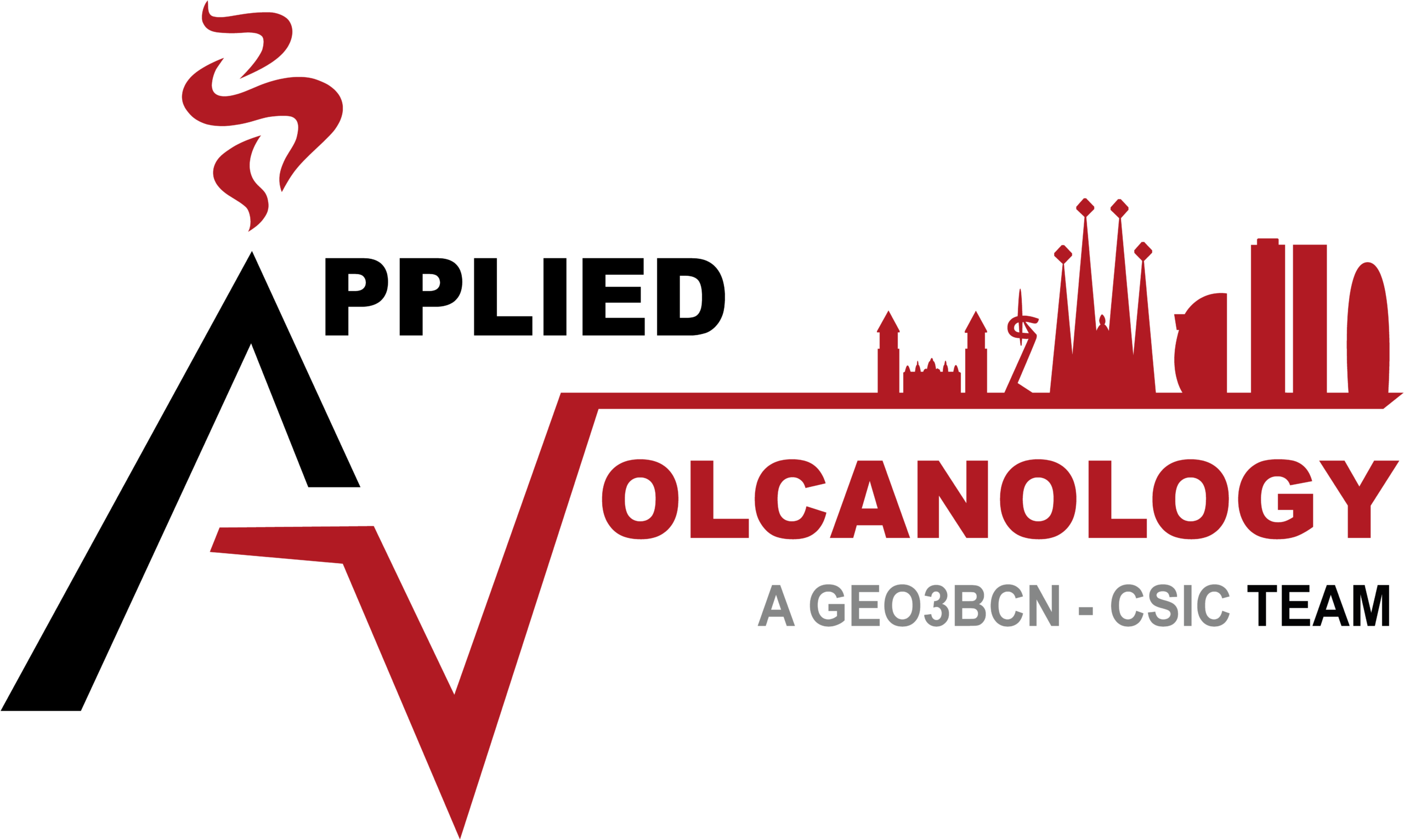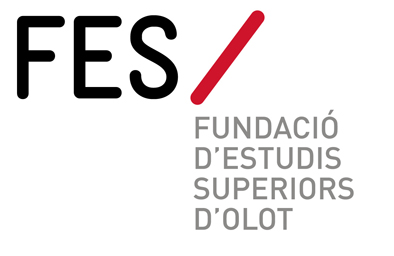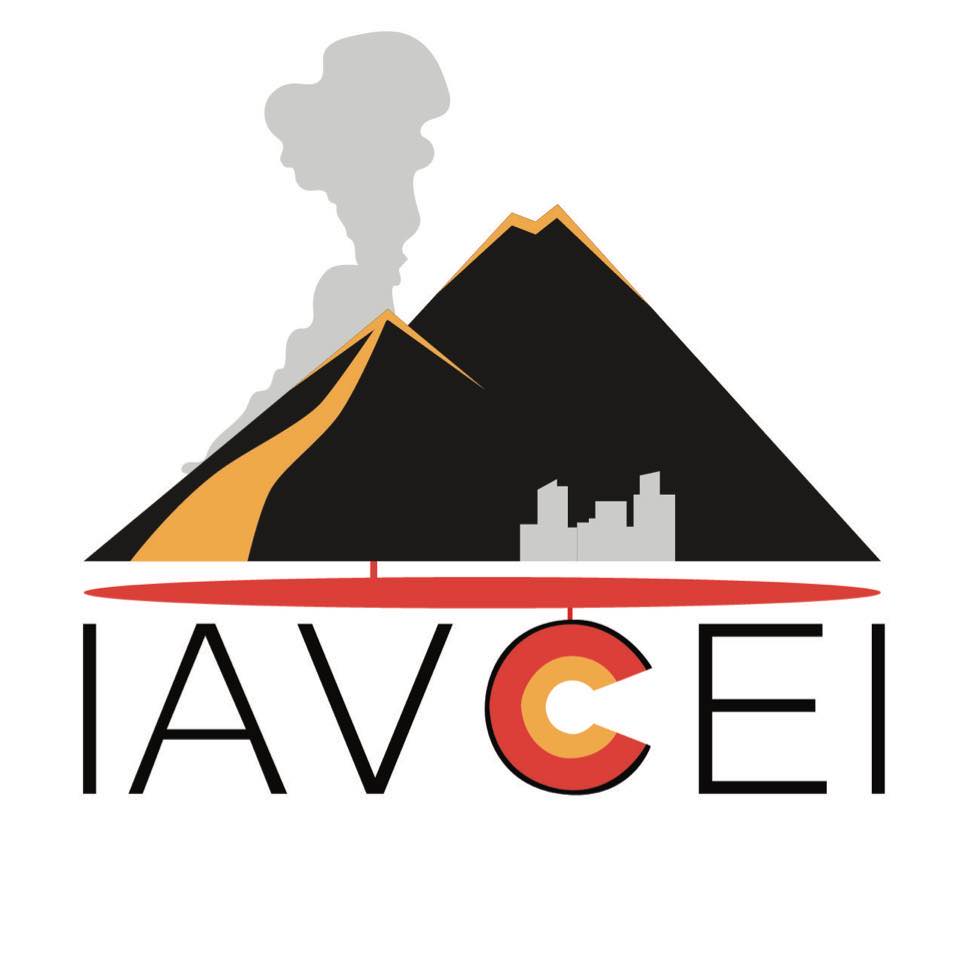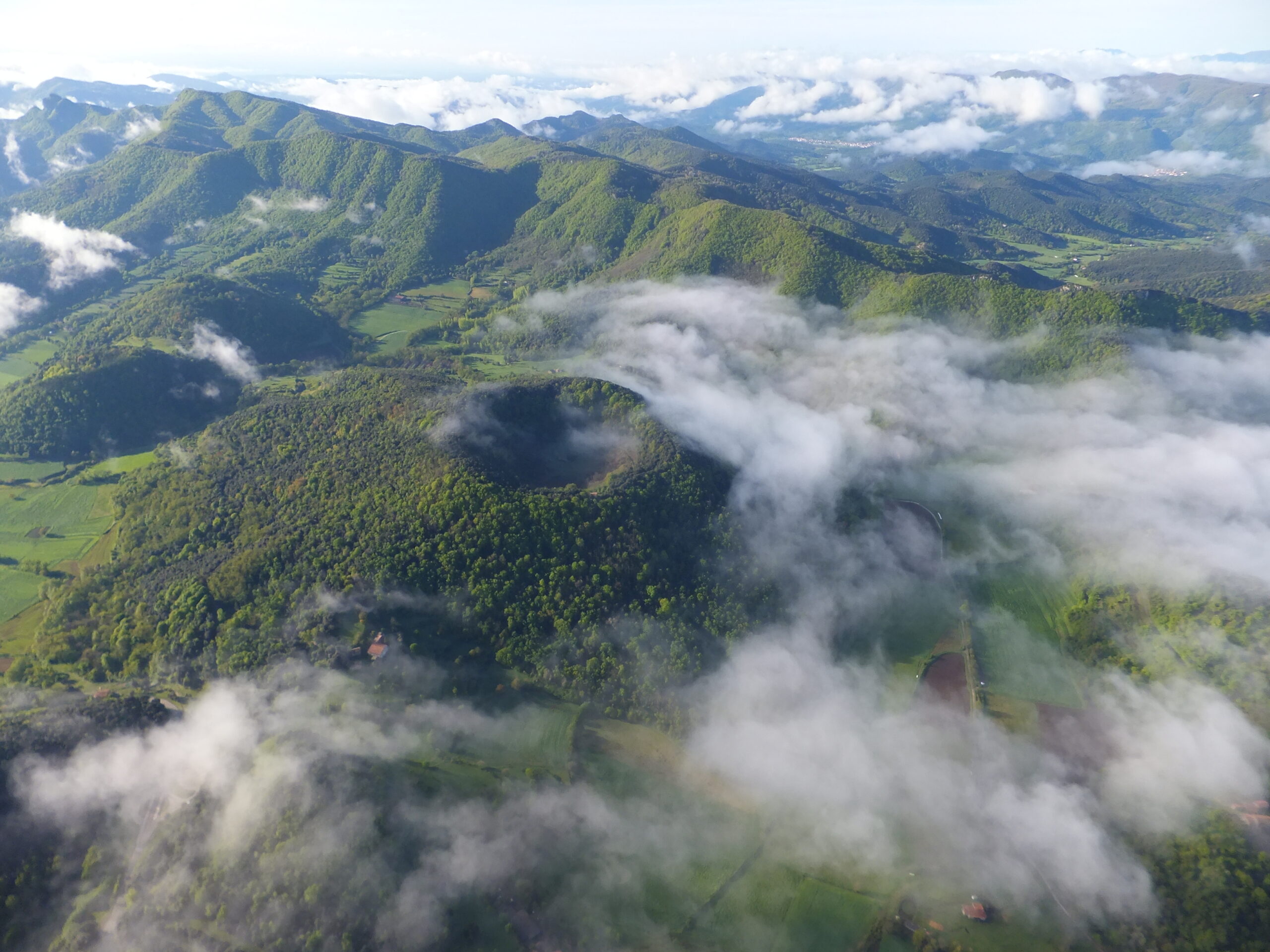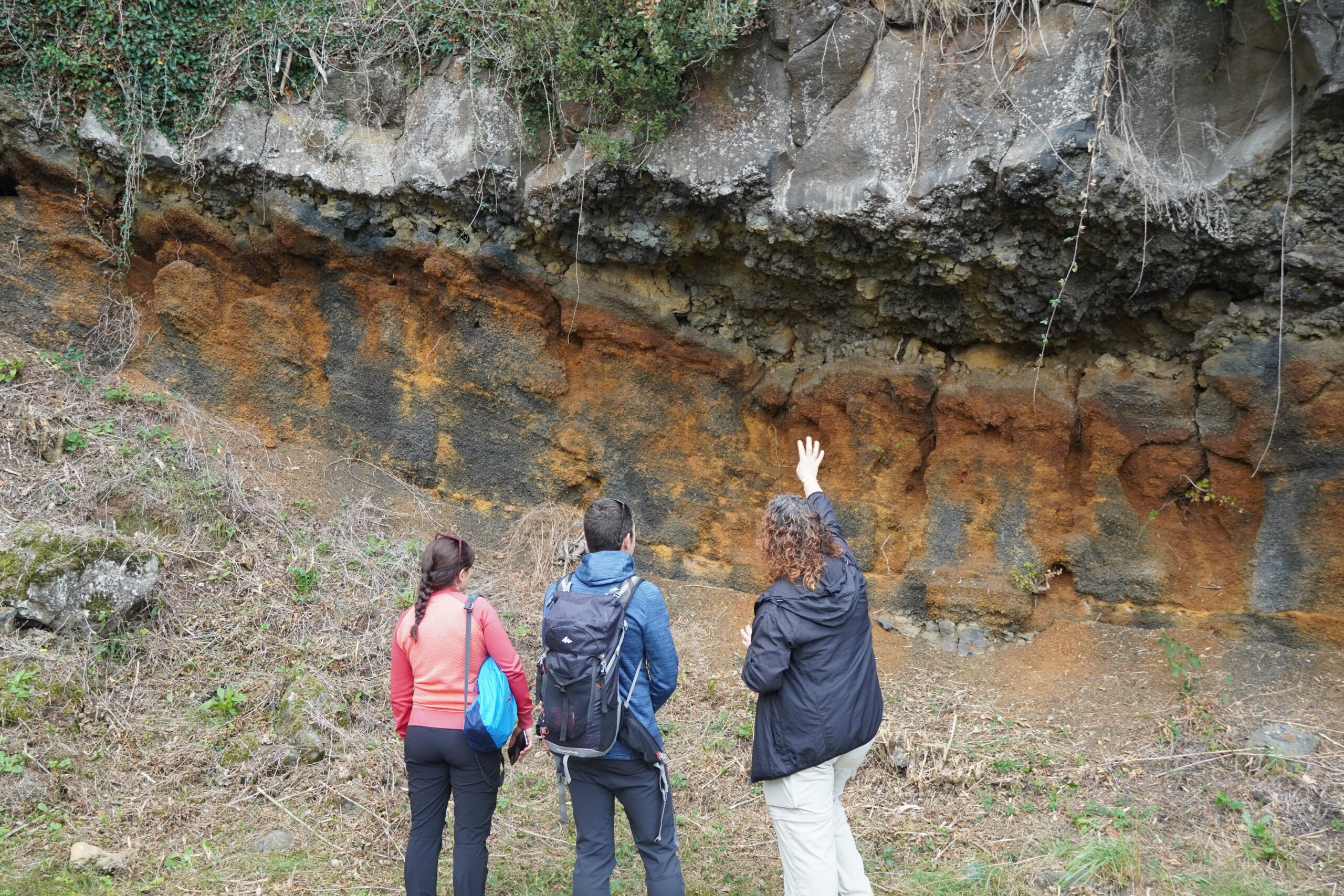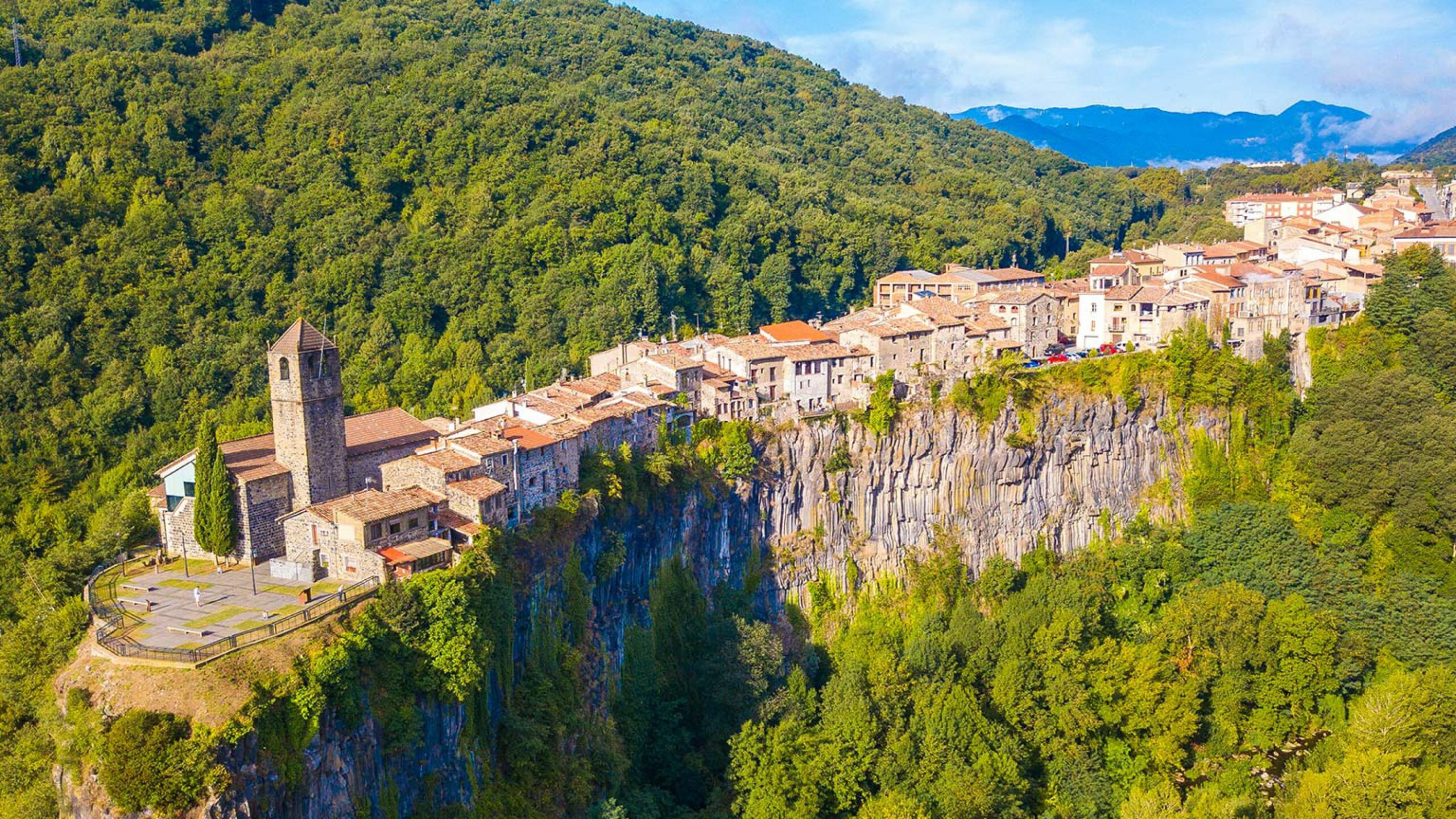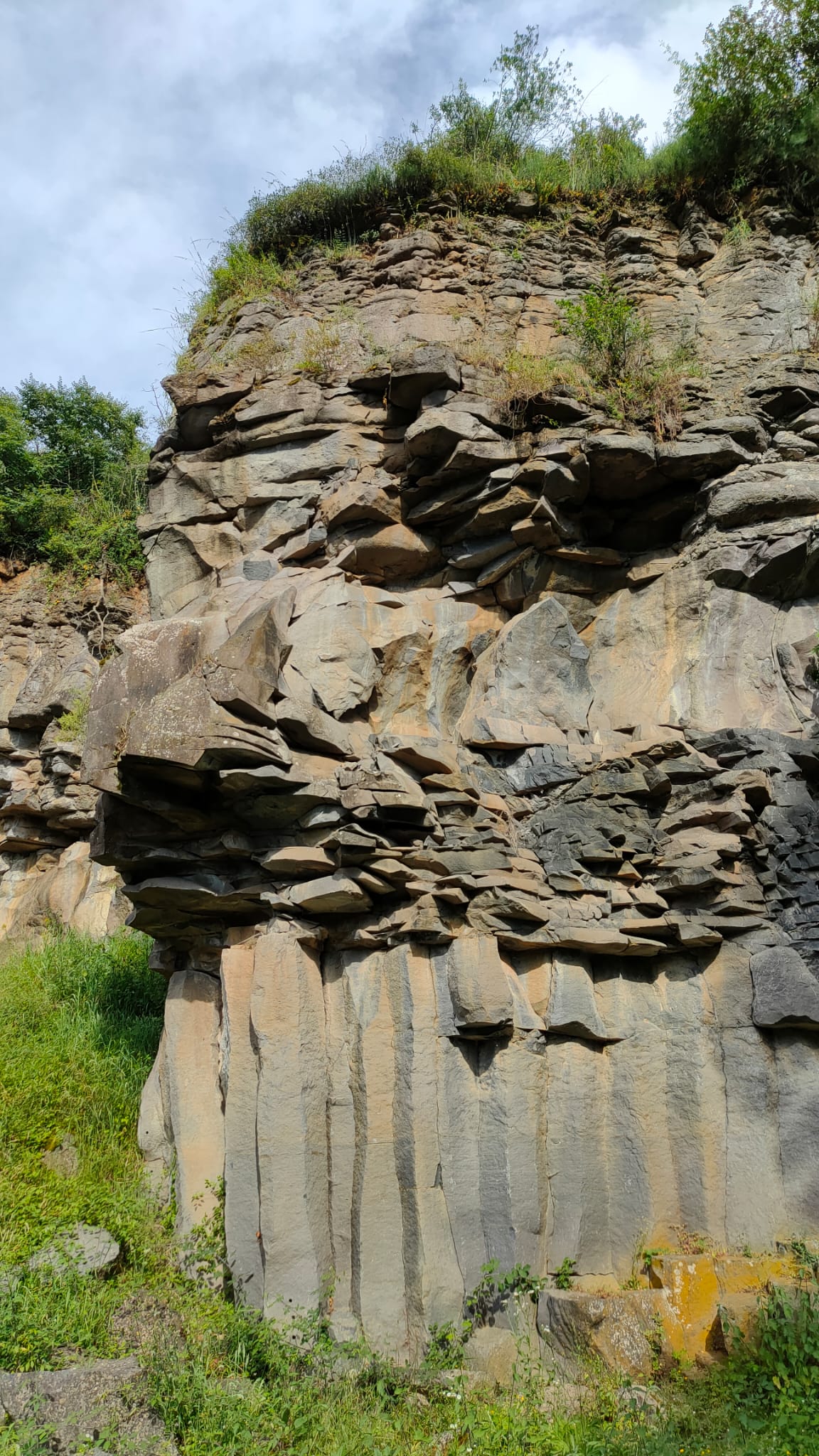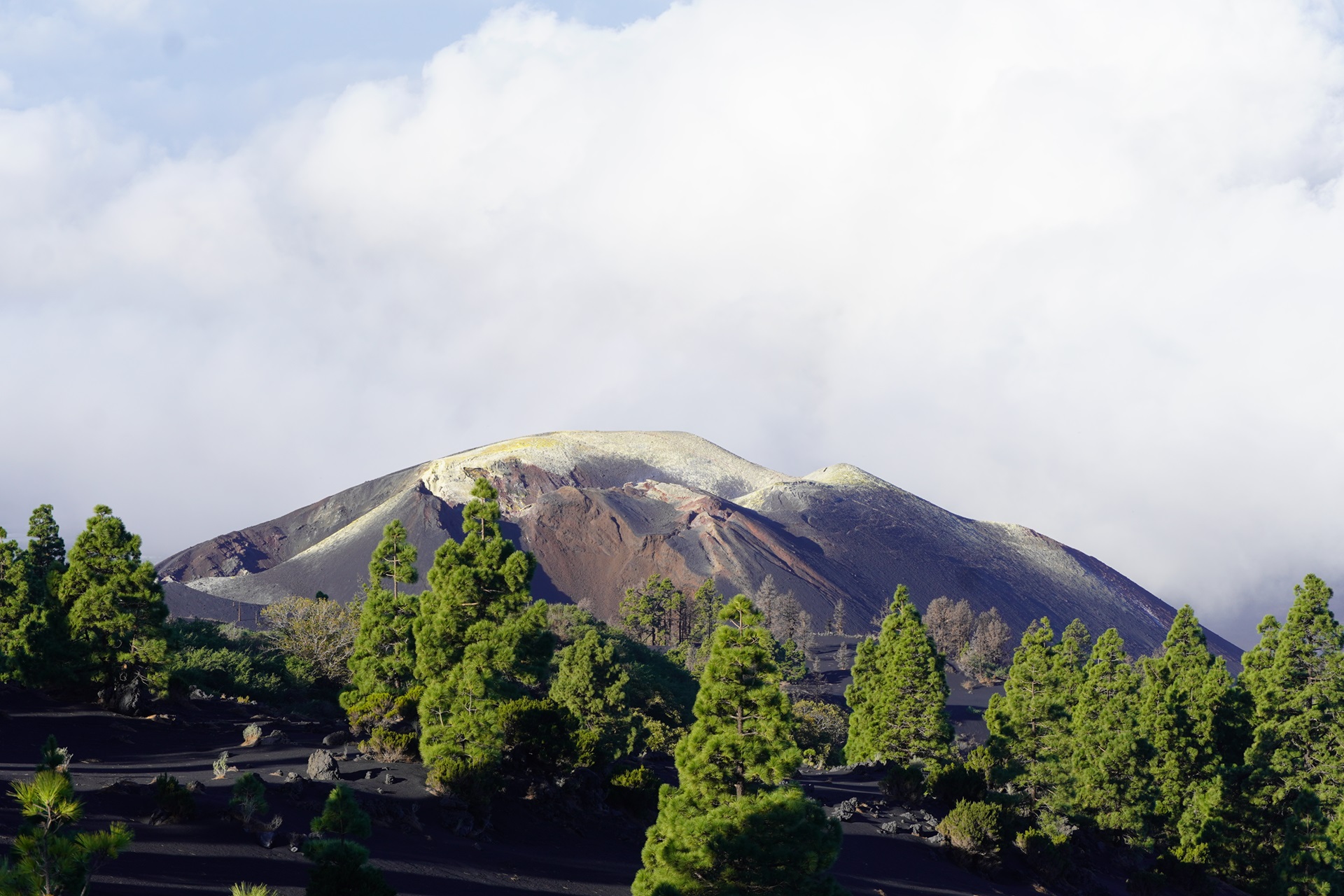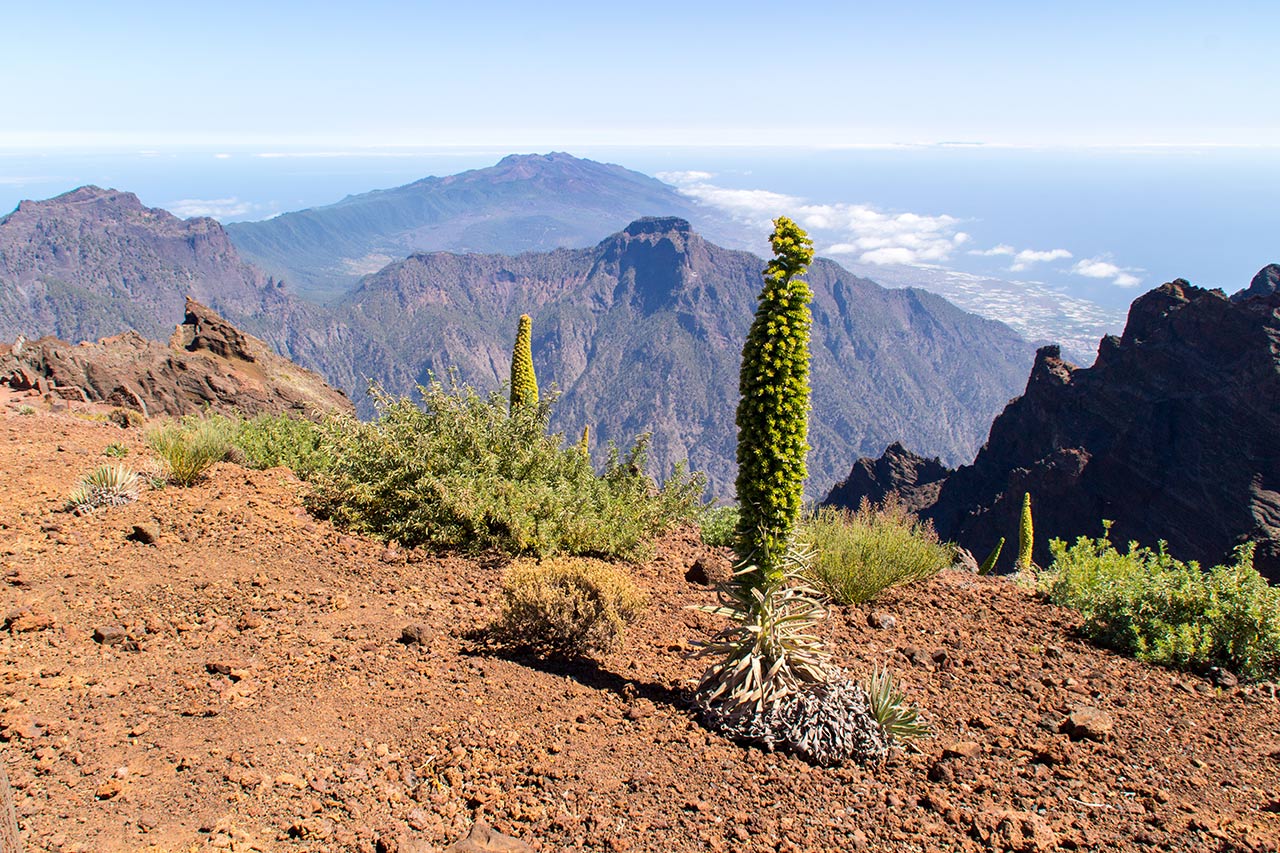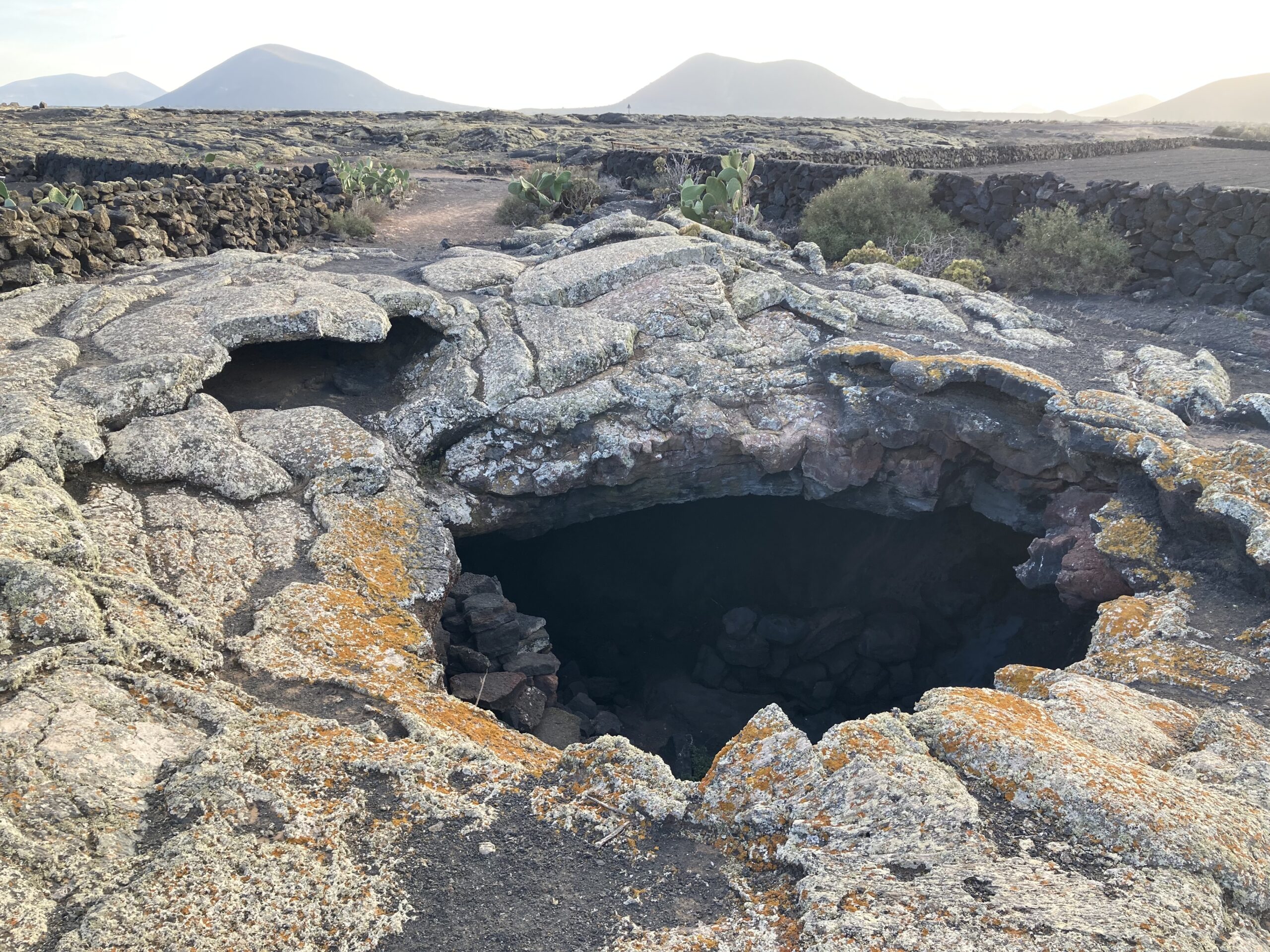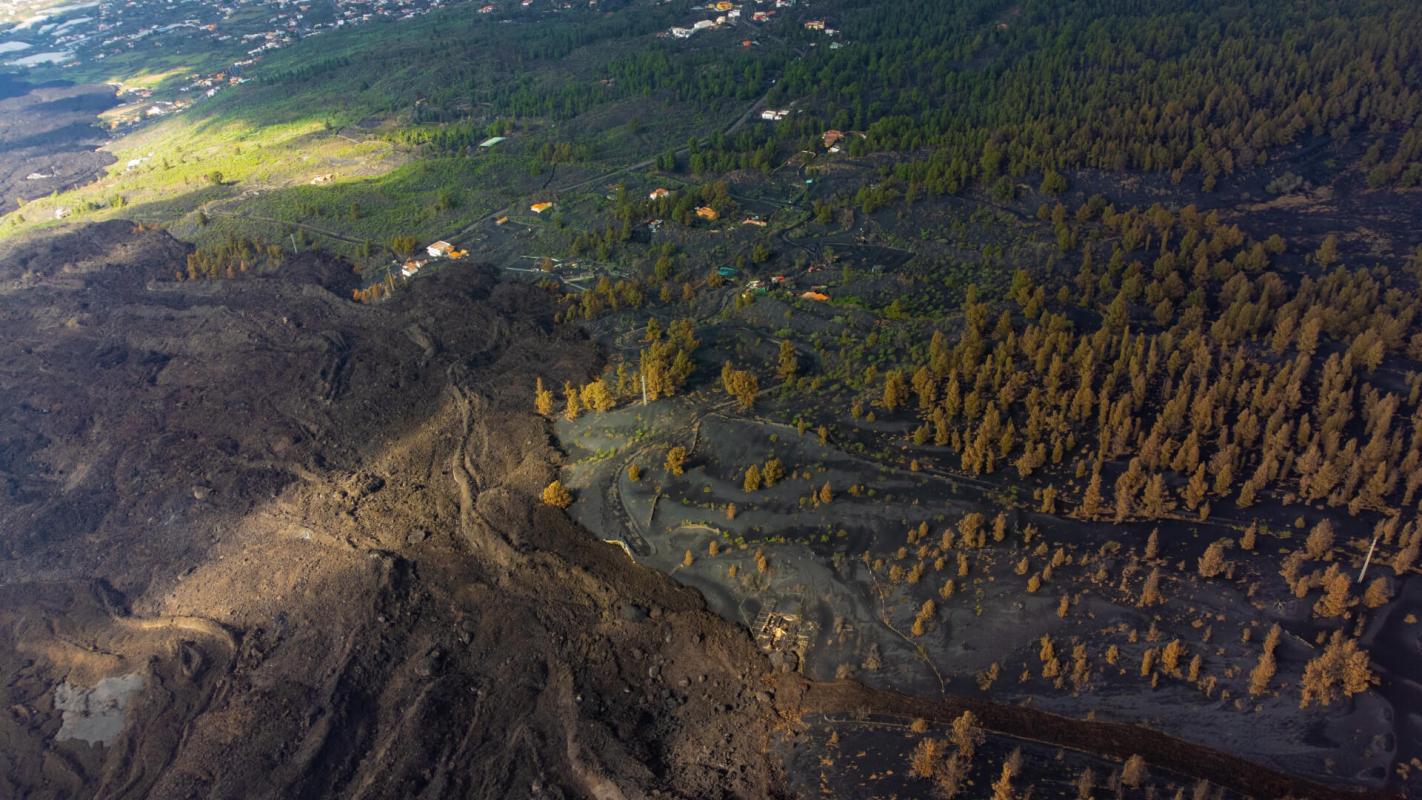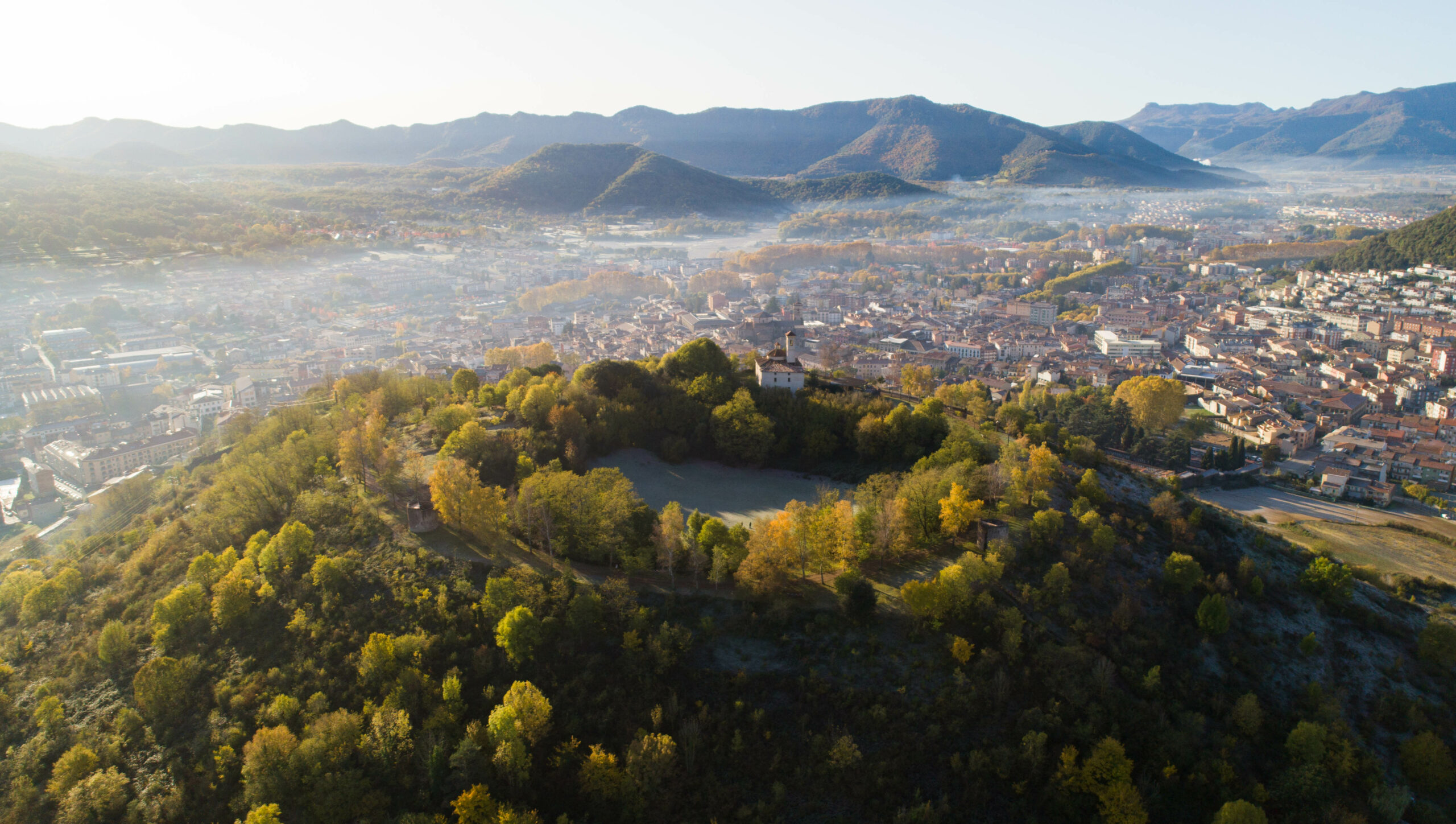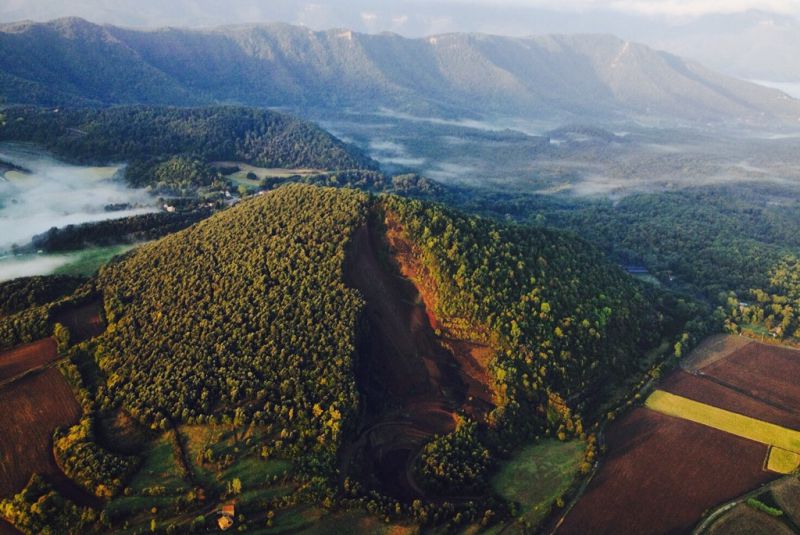The International Volcanology Course. Olot (La Garrotxa) – La Palma (1st edition) aims to provide comprehensive training in volcanology through a combination of theory, practical sessions, and field trips. Over two intensive weeks, participants will acquire fundamental knowledge about magmatic and volcanic processes and current research methods.
The course introduces key concepts for the correct identification and analysis of volcanic products and deposits, the construction of stratigraphic sequences, and the interpretation of eruptive processes. Basic training will also be provided on volcanic process modelling, as well as on the application of Machine Learning and Artificial Intelligence methods in volcanology. Finally, the course delves into aspects such as monitoring volcanically active areas, understanding, assessing, and mitigating volcanic risk, crisis management, and the conservation of geoheritage.
Field trips to emblematic sites such as the Garrotxa Volcanic Field and La Palma in the Canary Islands offer a unique opportunity to apply acquired knowledge and explore, alongside expert instructors, the main geosites and volcanic outcrops of both regions.
The course is directed by Dr. Adelina Geyer and Dr. Xavier de Bolós from the Applied Volcanology Team of Geosciences Barcelona (GEO3BCN-CSIC), and features the participation of a distinguished group of professionals from prestigious institutions such as the CSIC, the University of Barcelona, La Sapienza University of Rome, the Instituto Geográfico Nacional, and the University of La Laguna.
With a solid academic structure and an interdisciplinary approach, the course promotes collaboration among experts from different fields to address the challenges of modern volcanology in a comprehensive manner.




